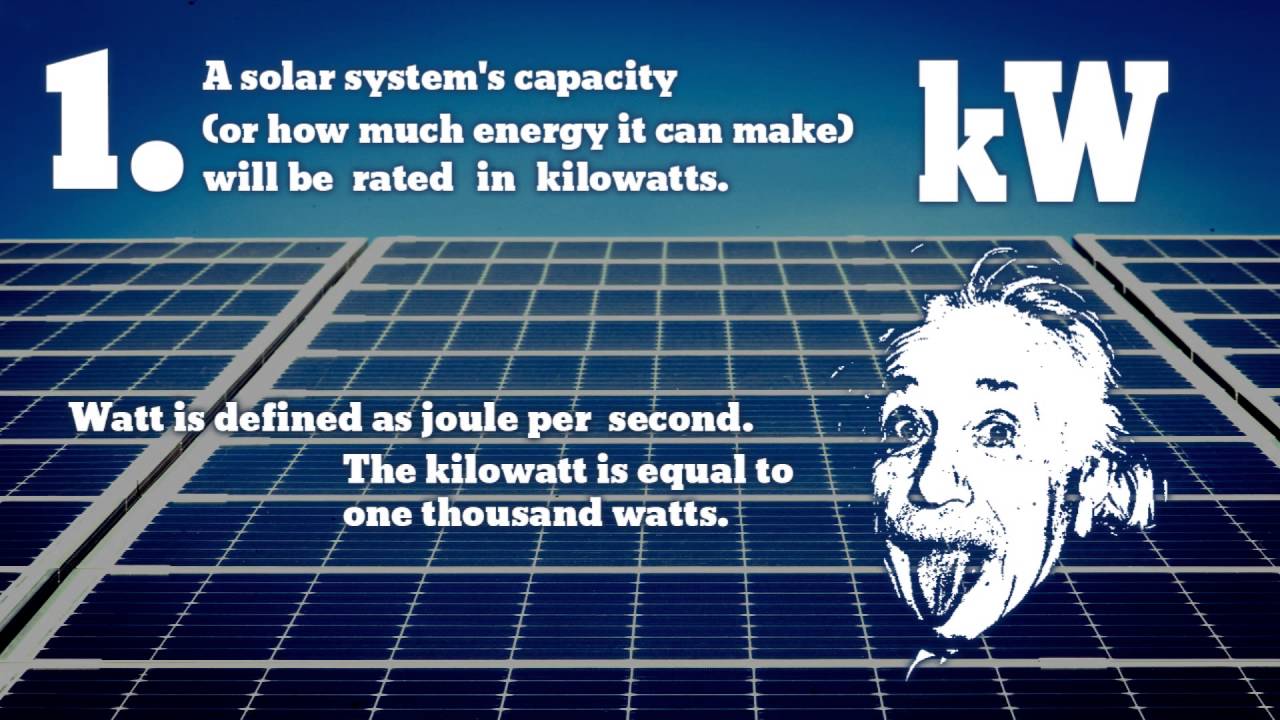What does it mean Kilowatt peak (kWp)
The word “kilowatt peak” (kWp), which is frequently used in the solar energy industry, refers to the greatest power output that a photovoltaic (PV) plant is capable of producing under ideal circumstances. It is a crucial factor in determining the effectiveness and performance of a PV system.
Solar panels are used in PV installations to produce energy from sunlight via a process known as the photovoltaic effect. Watts (W), the unit of measurement for the power output of a solar panel, represent the rate of energy production. However, a solar panel’s power output might change based on a variety of variables, including the amount of sunlight, temperature, shading, and so forth.
Kilowatt peak (kWp) was developed to standardize the measurement of solar panel power output. Under standard test circumstances (STC), which are specified as a temperature of 25°C, an irradiation level of 1000 watts per square meter (W/m2), and an air mass of 1.5, it refers to the maximum power output of a solar panel. These circumstances for reliable and similar tests and are thought to be ideal for solar panel performance.
The power output of a single solar panel is multiplied by the total number of solar panels in the system to determine the kWp rating of a PV installation. For instance, if a PV installation consists of 20 solar panels each with a power output of 300 watts (W), the six kilowatts (kW) would be the overall kWp rating (300 W x 20 panels = 6000 W = 6 kW).
While building and constructing solar energy systems, it is crucial to take the kWp rating of a PV installation into account. It aids in estimating the system’s energy production and financial viability as well as its size, capacity, and efficiency.
One of the main benefits of using kWp as a unit of measurement for solar panel power output is that it offers a standard and reliable means of evaluating various PV installations. Instead of relying exclusively on individual panel power ratings, which might vary, kWp ratings enable consumers and industry professionals to make informed judgments based on the maximum power output of the system when assessing and choosing solar panels or PV systems.
A PV installation’s kWp rating can also be used to calculate its potential for energy output. The amount of energy a PV system can produce annually can be calculated using the kWp rating and the average yearly solar irradiation in a certain region. Due to its importance in calculating the payback period, ROI, and overall cost-effectiveness of a solar energy project, this data is crucial for assessing its financial sustainability.
It’s important to keep in mind that a PV installation’s actual energy output could differ from the estimates owing to things like weather, shading, panel soiling, and system losses. The kWp rating, however, offers a helpful standard for comprehending a PV system’s maximal potential and its relative performance in comparison to comparable systems.




